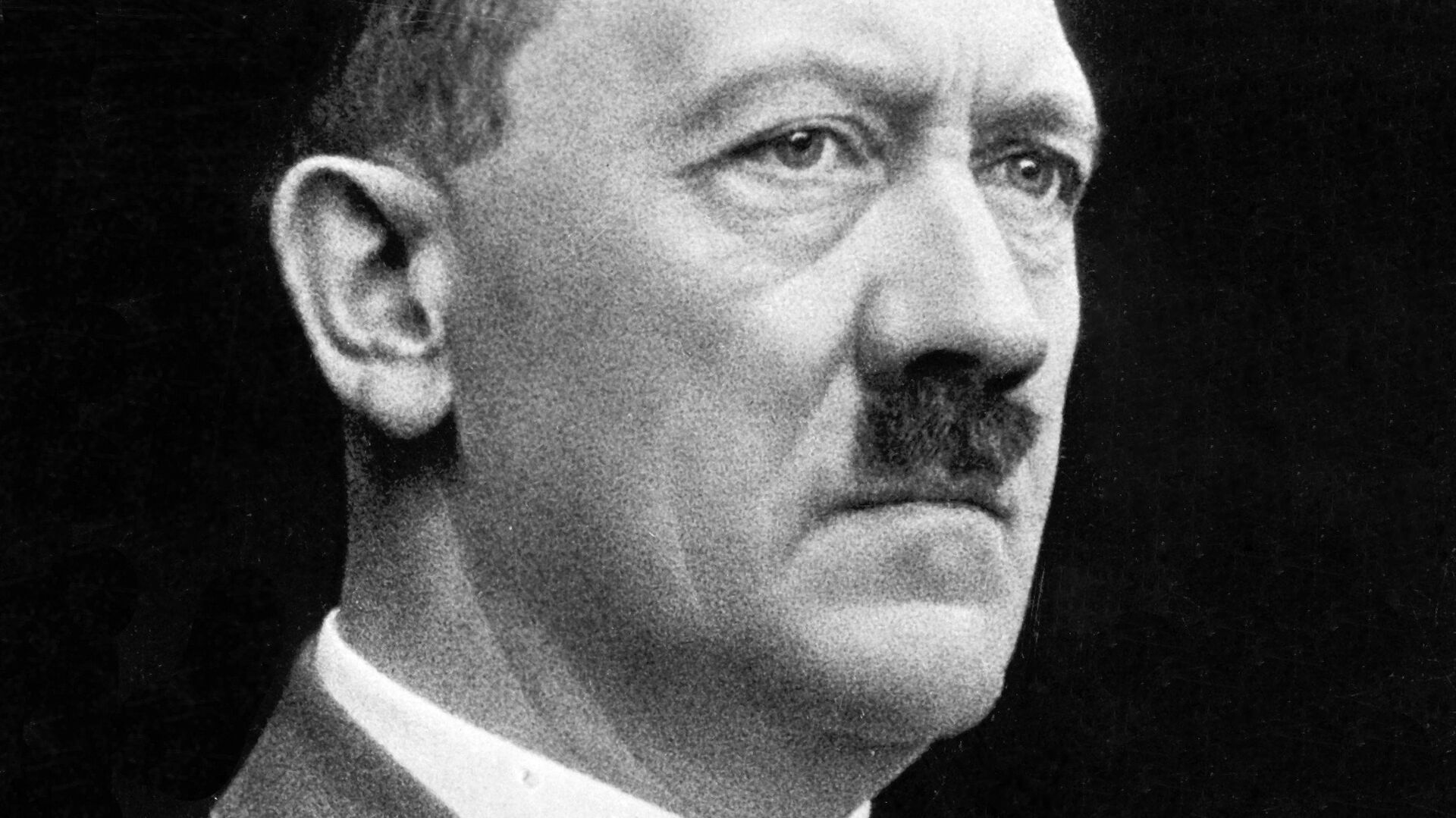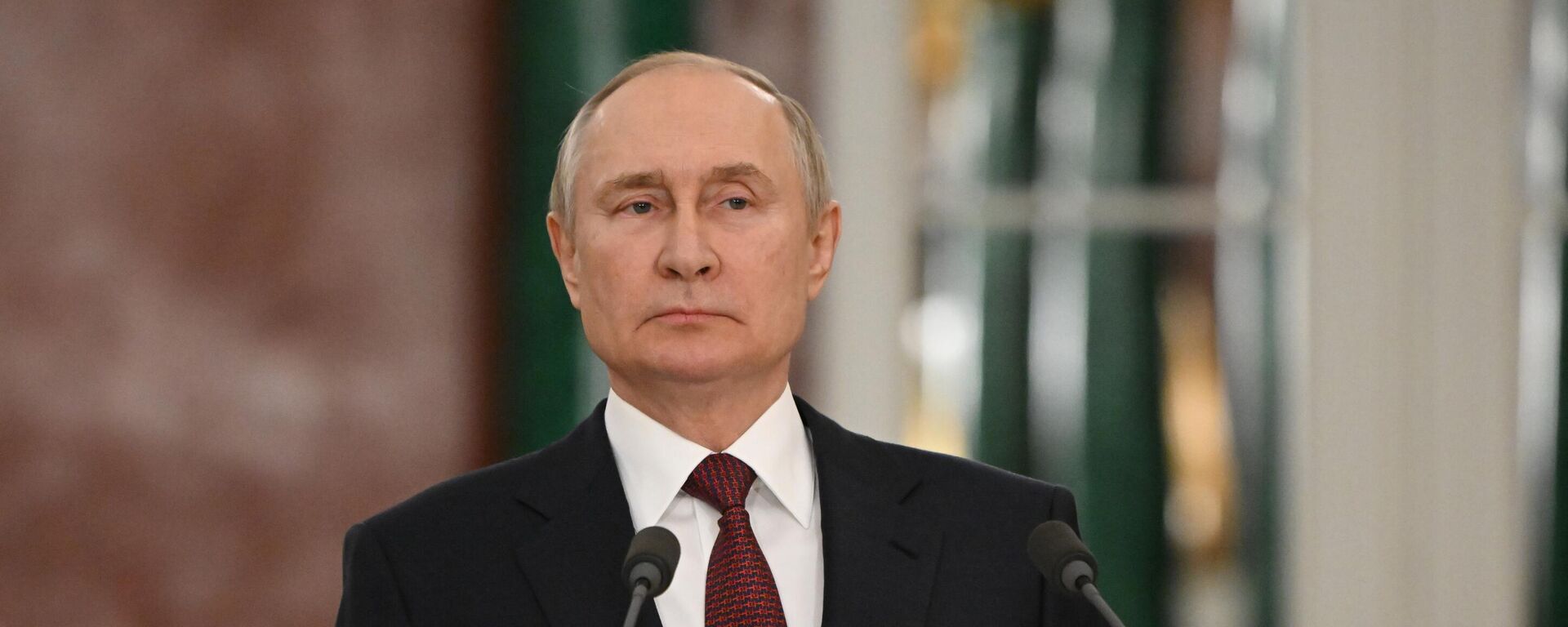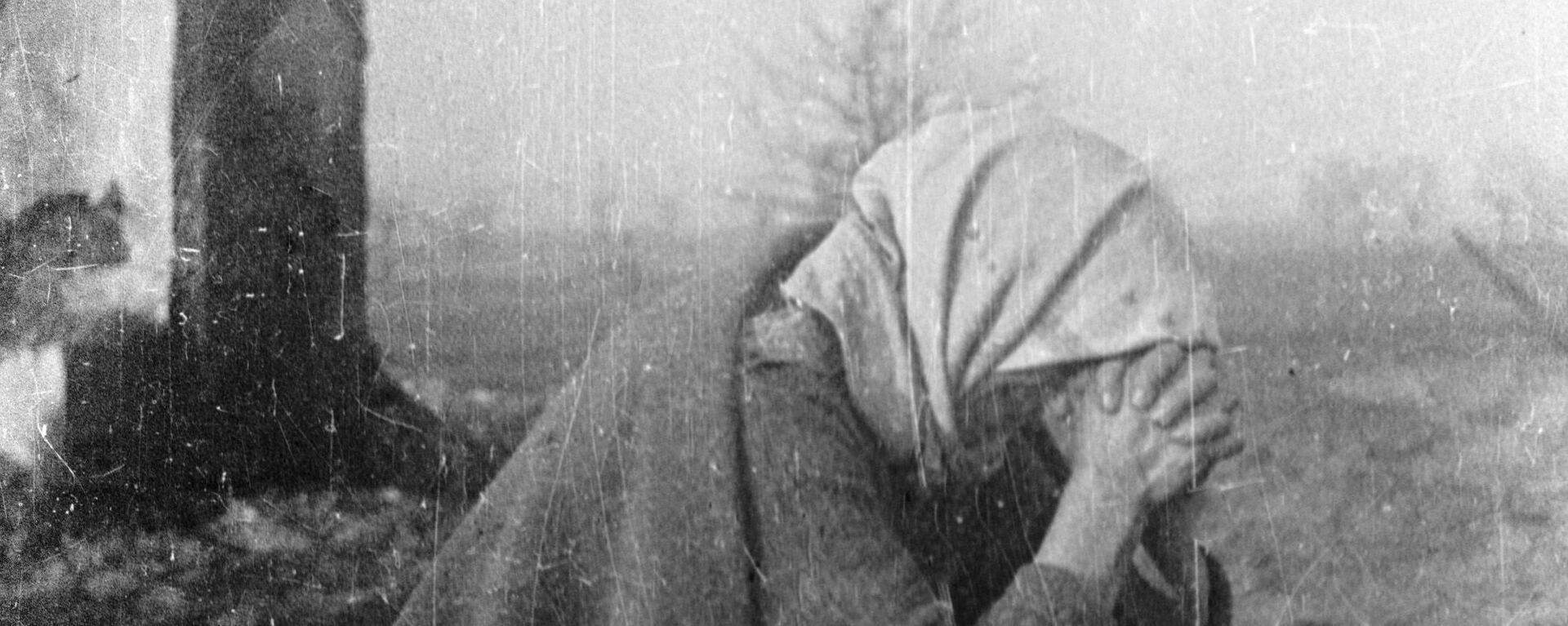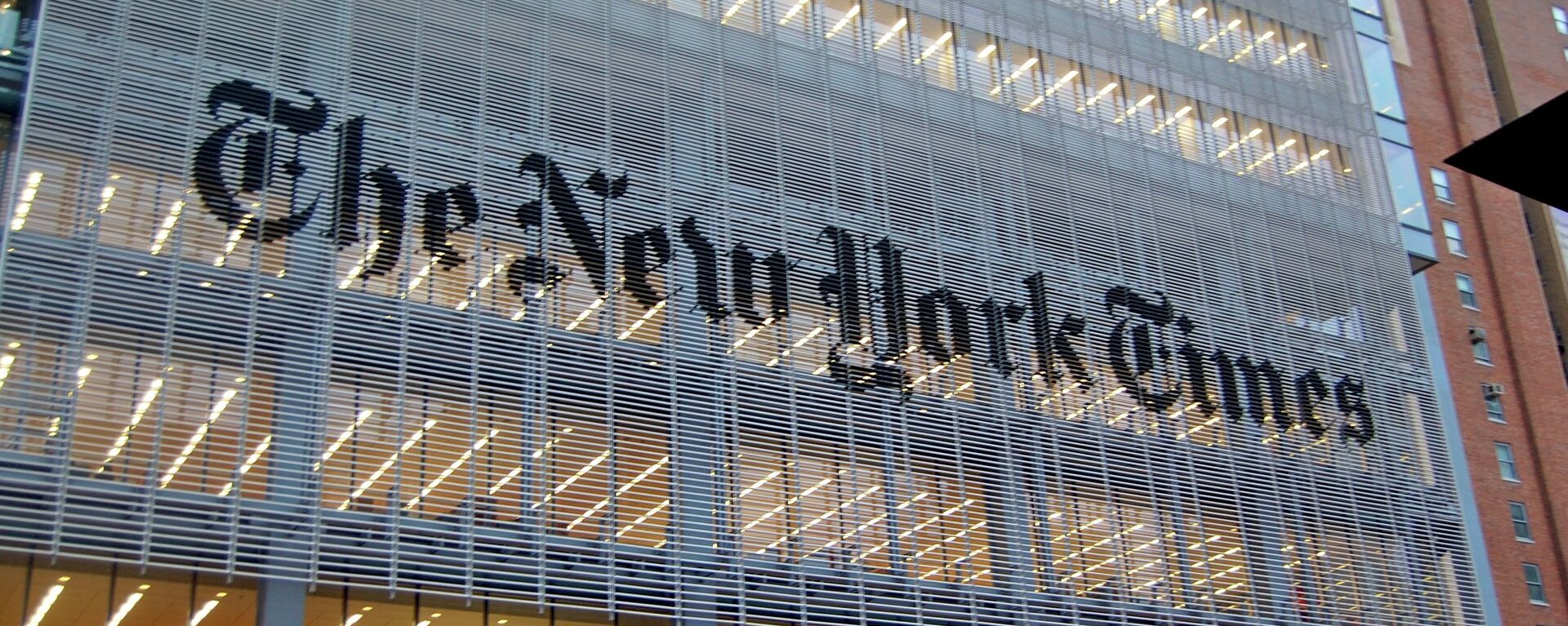Deadly Gambit: 90 Years Since Adolf Hitler Appointed Chancellor of Germany
22:58 GMT 30.01.2023 (Updated: 10:36 GMT 31.01.2023)
Subscribe
Longread
It’s been 90 years since Nazi leader Adolf Hitler was appointed to the office of Chancellor of Germany on January 30, 1933, setting in motion the fascist seizure of power and ultimately the Second World War.
There is much debate in German historiography as to whether or not Hitler’s appointment as chancellor was “Machtergreifung” (seizure of power) or “Machtübernahme” (rise to power).
On the one hand, Hitler was appointed chancellor by President Paul von Hindenburg using his legal powers, making the move strictly constitutional. On the other, the Nazis had been steadily escalating street violence against leftist groups, especially the powerful Antifaschistische Aktion led by the Communist Party, and Hindenburg faced extensive political and social pressure by Germany’s industrial magnates to appoint Hitler as chancellor or face open civil war.
Rise of Nazism
The National Socialist German Workers Party (NSDAP, or Nazis) was formed in 1920 in the aftermath of the First World War, but many of its core ideas were formed decades earlier.
A racialized nationalism that saw Germany as populated by “pure” ethnic Germans and “impure” other races was combined with an irredentist fury aimed at the Entente powers for the humiliating terms of Germany’s de facto surrender in 1919, as well as people inside Germany who the Nazis claimed had conspired with them. It also came about in the wake of a civil war in which Freikorps, or right-wing groups of demobilized veterans, came to the aid of the social democratic government to crush a communist uprising.
Hitler, an Austrian who fought for Germany in the war, did not found the NSDAP - in fact, he was assigned by his commanding officer to infiltrate an earlier iteration of the party in 1919, which he joined after becoming convinced of its ideology. Early-on, the party solidified its hostility to international socialism as well as to the Jewish people, who numbered only about 500,000 out of Germany’s 66-million-strong population.
The NSDAP took inspiration from Benito Mussolini’s seizure of power in Italy in October 1922, which brought the first fascist government to power in Europe. A year later in November 1923, the Nazis launched an attempted seizure of power in Munich, the capital of the German state of Bavaria. Although they counted war hero Gen. Erich Ludendorff among their ranks, the German Army garrison refused to support them and suppressed the uprising, with the ringleaders captured and jailed afterward.
When Hitler was released a year later, the New York Times described him as "tamed" by prison and "no longer to be feared" after having been the "demi-god of the reactionary extremists."
“It is believed he will retire to private life and return to Austria, the country of his birth,” the Times wrote.
In fact, the Nazis went back to work, and had some new friends to help them.
Bailed Out by Big Business
The fanatical anticommunism of the Nazi Party in Germany and the Fascist Party in Italy drew to them the support of those elements of capitalist society most fearful of a seizure of power by the working class: the wealthy capitalist elite who owned the country’s industries and land.
Hitler’s attempted seizure of power in Munich had failed, but was also bold, and German businessmen began to secretly throw their weight behind the movement as the Communist Party of Germany began to grow in numbers, the Soviet Union began to recover from its catastrophic civil war, and the Social Democratic Party in power in Berlin tolerated both as well as flourishing cultural renaissance at the center of which were Jews and LGBTQ people.
Supporters include Fritz Thyssen, son of industrial magnate August Thyssen, who funneled the Nazis 1 million Reichsmarks before 1932. The director of Thyssen’s American holdings was Prescott Bush, the father of former US President George H.W. Bush and grandfather of former US President George W. Bush. Bush’s assets were seized in 1942 under the Trading with the Enemy Act, and many at the time expected him to be prosecuted for aiding the enemy.
Other financial backers included industrialist Ernst von Borsig, one of the richest men in Prussia; Gustav and his son Alfred Krupp of the Krupp industrial dynasty; and the IG Farben conglomerate. These and other backers would play a key role in pressuring Hindenburg to appoint Hitler as chancellor, penning a letter to him in November 1932 alongside conservative politicians Franz von Papen and Alfred Hugenberg, in which they urged the German president to appoint Hitler as leader of a government "independent from parliamentary parties" that could turn into a movement that would "enrapture millions of people."
These and many other corporations in Germany and other countries would go on to profit handsomely from the German war machine and the Holocaust, with IG Farben making the infamous Zyklon B poison gas used in the extermination camps.
Political Breakdown
The contradictions of the Weimar Republic, the German state formed after the abolition of the monarchy in 1918, continued to come toward a head in the late 1920s. Economic stagnation and hyperinflation, caused in part by the massive indemnity the government owed to victorious France and Britain and the loss of the country’s most industrialized areas, became even worse after the Great Depression hit in October 1929. The steady decline in support for the SPD government was paralleled by the rise in popularity of the communists and the fascists, both of whom offered answers and solutions to Germany’s problems.
Outside of the Soviet Union, the Communist Party of Germany (KPD) was the world’s largest and most powerful. It had formed out of a split from the SPD during the war after several members, including Rosa Luxemburg, Karl Liebknecht, and Clara Zetkin, rejected the SPD’s sudden reversal of its anti-war position. Although the SPD crushed a KPD uprising in 1919 and Luxemburg and murdered thousands of its members, including Luxemburg and Liebknecht, the party rebounded later in the 1920s. It blamed the capitalist ruling class for the ails of the German working class and rejected the militarism and racism of the nationalist movement.
As the NSDAP grew in strength and began to attack communists, Jews, and other groups, the KPD formed militant organizations to fight back: the Roter Frontkämpferbund (Red Front-Fighters’ League) and later Antifaschistische Aktion (Anti-fascist Action), the latter of which has served as inspiration for the modern “Antifa” movement.
Both the communists and the Nazis gained electoral strength, too, and the Reichstag, once dominated by the SPD, became a political free-for-all in which parties struggled to form and maintain coalitions.
The social and economic chaos led to a breakdown of democracy, and in 1930, Heinrich Brüning of the Centre Party was given de facto dictatorial power by President von Hindenburg, who issued decrees in Brüning’s name until May 1932.
In March 1932, Hitler ran against Hindenburg in the presidential election and lost badly, taking 36.7% of the vote to Hindenburg’s 53%. The Communist Party’s Ernst Thälmann trailed in third place with 10%. However, the NSDAP as a whole continued to rise, and in the Reichstag elections that July, won an astounding 123 seats, doubling its strength and making it the largest party in the legislatures, although it still lacked a majority. The communists and social democrats outnumbered the fascists if their numbers were combined, but bitter factional disputes kept them from uniting.
When the Reichstag convened that August, KPD co-founder Clara Zetkin gave the opening speech because she was the oldest lawmaker in the chamber. Though she was nearly blind and struggled to walk, the 75-year-old woman was carried to the podium by her comrades, where she denounced the Nazis and called on all of German society to unite against them. However, her advice went ill-heeded, and no anti-Nazi majority was formed. Von Papen’s minority government remained in power and new elections were called for November.
The November elections saw the Nazis lose 21 seats and several million votes, with the Communist Party making most of the gains. However, the election settled none of the problems behind the failure of the July elections. Under pressure from the country’s industrial elite and its conservative non-Nazi political leaders, Hindenburg reluctantly agreed to appoint his former election rival as head of government, believing his vulnerable position would make him totally dependent on Hindenburg and von Papen for power.
They were wrong.




